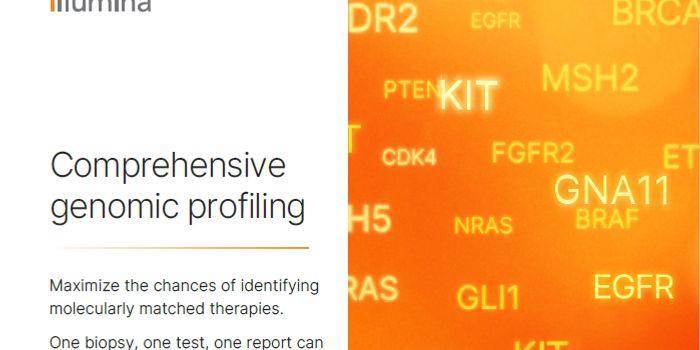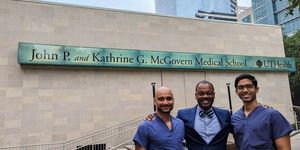Chromosome Imbalances Drive Cancer, And Removing Extras Can Stop It
Many cancer cells carry too many or too few chromosomes, a condition known as aneuploidy. Scientists have known this for a very long time, but the impact of aneuploidy has been unclear. Researchers recently developed a computational tool that analyzed cells from thousands of cancer patients. This effort identified critical regions of chromosomes that can be harmful or beneficial to tumor cells when they are deleted or duplicated. The findings have been reported in Nature.
In this study, the investigators developed a method called BISCUT (Breakpoint Identification of Significant Cancer Undiscovered Targets), which located where major changes start and end in chromosomes. Regions that were often found were more likely to help cancer cells survive while less commonly found regions were associated with a lack of cancer cell growth or their death. For example, one-third of all cancer cells in The Cancer Cell Genome Atlas lack one arm of chromosome 8.
An unrelated study reported in Science has shown how selectively eliminating extra chromosomes from cancer cells can stop them from forming tumors.
"For a long time, we could observe aneuploidy but not manipulate it; we just didn't have the right tools. But in this study, we used the gene-engineering technique CRISPR to develop a new approach to eliminate entire chromosomes from cancer cells, which is an important technical advance. Being able to manipulate aneuploid chromosomes in this way will lead to a greater understanding of how they function," said senior author of the Science study, Jason Sheltzer, assistant professor of surgery at Yale School of Medicine.
In this work, the scientists used a technique called Restoring Disomy in Aneuploid cells using CRISPR Targeting (ReDACT) to target aneuploidy in various cancer cell lines. They aimed for the so-called q-arm, an abnormal extra long arm of chromosome 1, which is found in several cancer types and arises early in cancer development.
When the aneuploidy was removed from cancer cell genomes, they were no longer able to form tumors, said Sheltzer.
More work will be needed before this method can be applied in the clinic, but Sheltzer and colleagues are working to test it in animal models, as well as testing other drugs and aneuploidies.
"We're very interested in clinical translation," said Sheltzer. "So we're thinking about how to expand our discoveries in a therapeutic direction."
Sources: Broad Institute of MIT and Harvard, Yale University, Nature, Science









